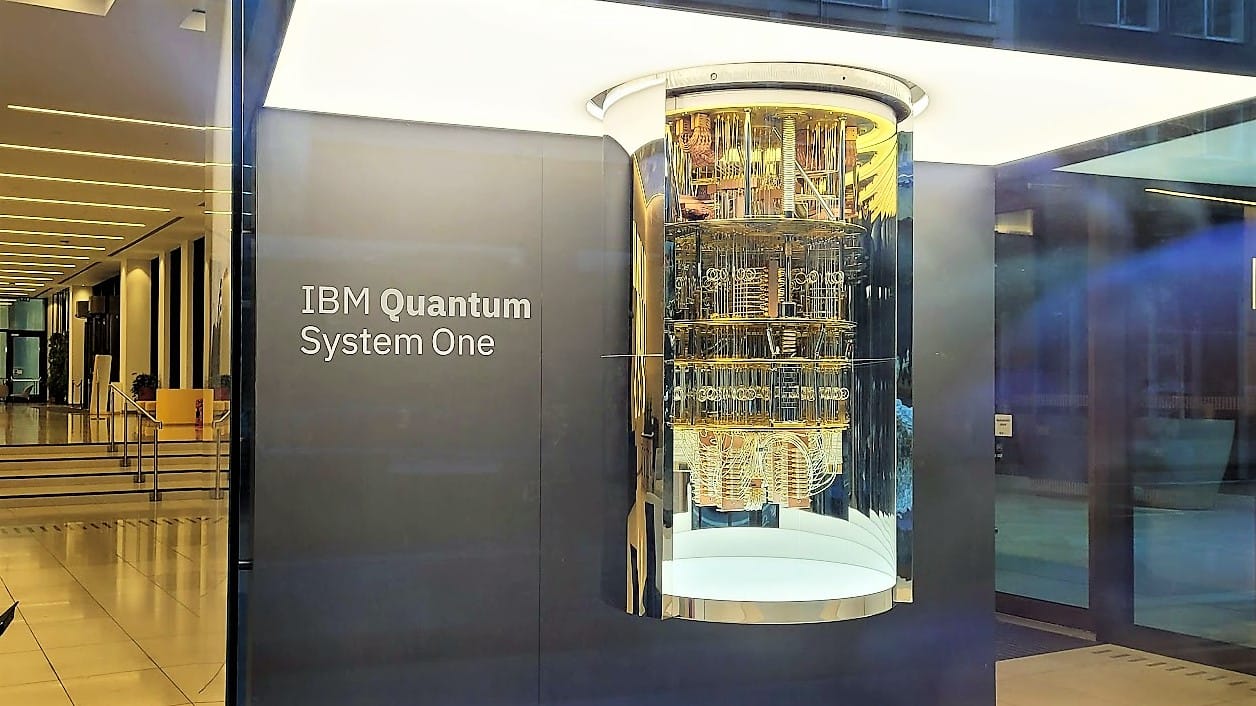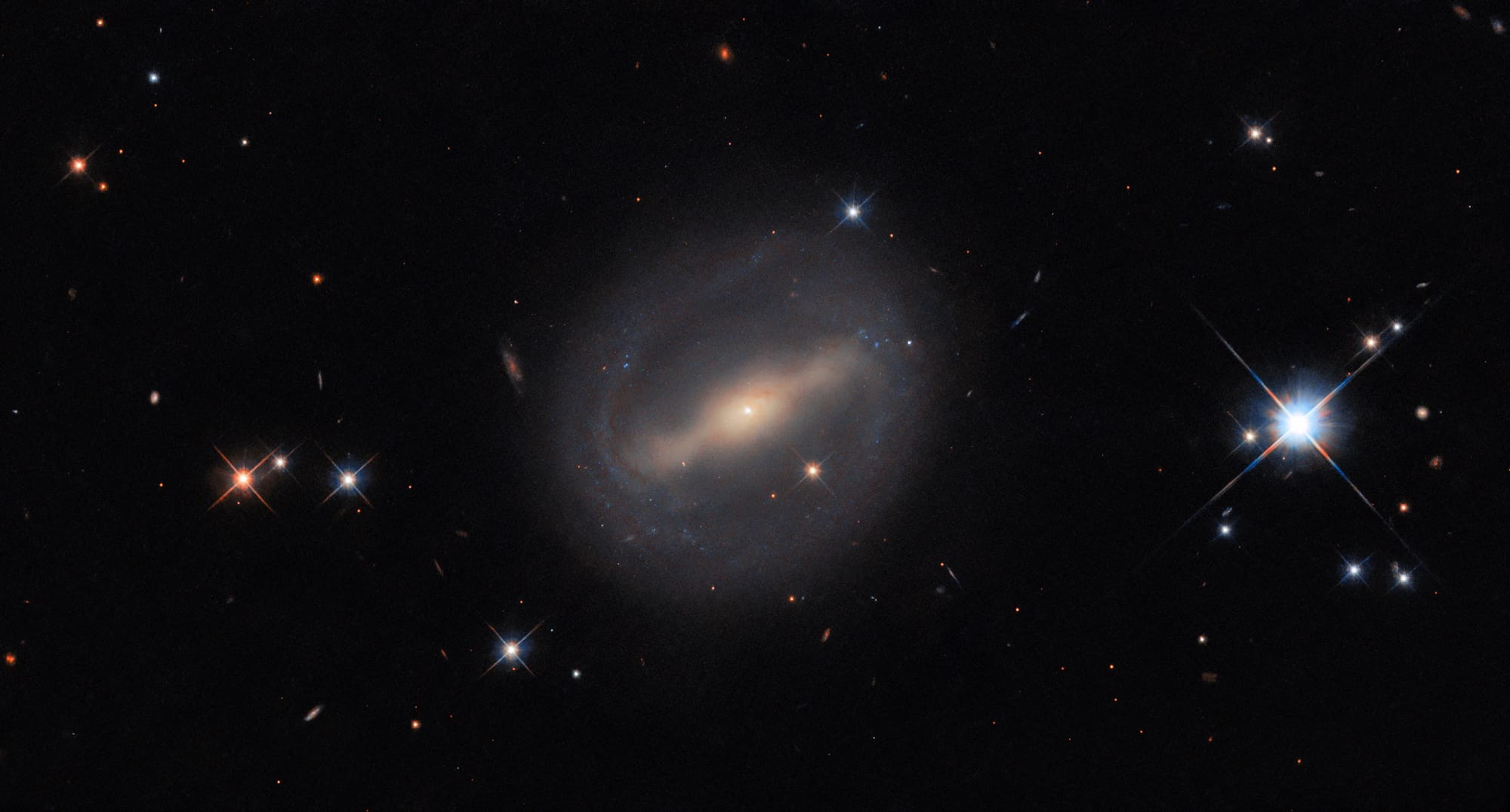Venture capitalists move toward "pay to play"
by Dan Primack | Axios

Venture capitalists are inserting a record number of "pay to play" provisions into term sheets, according to new data from law firm Cooley.
Why it matters: This is a sharp-elbowed reminder that VCs are facing performance pressure, and that startups are having a tougher time getting funded.
Jargon watch: "Pay to play" provisions also may be known as "cram down" clauses, and basically are designed to benefit new investors at the expense of existing shareholders who don't want to invest additional capital.
Quantum dilemma: Cybersecurity risks are accelerating
By Dr. Tim Sandle | Digital Journal

In the U.S, the National Institute of Standards and Technology (NIST) has provided updated guidance on approved quantum-resilient algorithms. With these standards in hand, NIST is encouraging computer system administrators to begin transitioning to post-quantum security as soon as possible.
Looking at this development is quantum security expert, Karl Holmqvist, Founder and CEO of Lastwall, a leading cybersecurity solutions provider of highly secure, identity-centric, and quantum resilient technologies.
Swiss tech firm launches AI made of human brain cells rental service
by Tristan Greene | CoinTelegraph

Swiss technology firm FinalSpark recently launched a program that allows scientists to rent cloud access to “biocomputers” made out of human brain cells for a mere $500 a month.
The purpose of these biocomputers, according to FinalSpark, is to develop a highly efficient, low-energy solution to the ballooning costs associated with developing artificial intelligence models. The company says it could be as much as 100,000 times more efficient to use computers made of organic material to train AI than it is to use traditional silicon-based technology.
🌙 NASA - Best Photo from Last Week
Rings and Things

The subject of this NASA/ESA Hubble Space Telescope image is situated in the Perseus Cluster, also known as Abell 426, 320 million light-years from Earth. It’s a barred spiral galaxy known as MCG+07-07-072, seen here among a number of photobombing stars that are much closer to Earth than it is.
MCG+07-07-072 has quite an unusual shape for a spiral galaxy, with thin arms emerging from the ends of its barred core to draw a near-circle around its disk. It is classified as an SBc(r) galaxy: the c denotes that its two spiral arms are loosely wound, each only performing a half-turn around the galaxy, and the (r) is for the ring-like structure they create.
Rings in galaxies come in quite a few forms, from merely uncommon, to rare and scientifically important! Lenticular galaxies are a type that sit between elliptical and spiral galaxies. They feature a large disk, unlike an elliptical galaxy, but lack any spiral arms. Lenticular means lens-shaped, and these galaxies often feature ring-like shapes in their disks.
Meanwhile, the classification of “ring galaxy” is reserved for peculiar galaxies with a round ring of gas and star formation, much like spiral arms look, but completely disconnected from the galactic nucleus — or even without any visible nucleus! They’re thought to be formed in galactic collisions. Finally, there are the famous gravitational lenses, where the ring is in fact a distorted image of a distant, background galaxy, formed by the ‘lens’ galaxy bending light around it. Ring-shaped images, called Einstein rings, only form when the lensing and imaged galaxies are perfectly aligned.
Media Contact:
Claire Andreoli
NASA’s Goddard Space Flight Center, Greenbelt, MD
claire.andreoli@nasa.gov


Disclaimer: None of the content in this newsletter is meant to be financial advice. Please do your own due diligence before taking any action related to content within this article.
Disclaimer: Unbound is reader-supported. When you buy through links on our site, we may earn an affiliate commission.






